
Indigo dye comes from a plant. The beautiful blue dye is made from the leaves
of the plant through a process of fermentation. Indigo is grown in subtropical climates. Throughout history indigo was revered and sought after as a valuable comodity. . In its natural state, indigo is insoluble in water. Therefore it must go through a process where it is reduced and put into a liquid state with the oxygen removed. In the reduced state the indigo dye liquid is a yellow green color and in this form the indigo will be able to penetrate the fibers of the fabric.
INSTRUCTIONS (for 20 gr of color)
Before you start, gather all of the items required and prepare a work
area. In addition to the kit, you will need:
• 5 gal/18.93 L plastic bucket with lid
• Stirring stick long enough to reach the bottom of the container
without having to submerge your hands
• Water
. Natural fabrics or yarn
Other items helpful to have on hand are:
a shallow pan to place your fabric in while oxidizing
• a piece of plastic for the floor covering the area where you will have the indigo vat.
NOTE: Remember, never use utensils that have been used for dyeing
for food preparation.
SETTING UP THE INDIGO VAT:
1. Fill a 5 gal/18.93 L bucket with 4 gal/15.14 L warm tap water.
2. Empty the indigo dye packet into the water. Stir.
3. While stirring, slowly empty the Soda Ash (100 gr) and reducing agent (50 gr)
packets into the water.
4. Gently, but thoroughly stir the vat in a one direction circular motion. Once
the vat is well mixed slow down and reverse the direction of the stirring as
you drag the stir stick along the outer edge of the vat before slowly removing
it. Cover the vat with a lid and allow it to settle for at least 15 minutes to 1/2
hour. For best results, wait one hour.
5. After the vat has settled, remove the lid. The top of the dye bath may be
covered with thin blue skin (rather than the traditional foamy 'flower').
Wearing gloves, gently move it to the side. The dye bath should be a clear
yellow or yellow-green color under the flower. If it's not, wait another 1/2 hour and check again.
DYEING:
1. Fold, tie or bind your garment or fiber.
2. Thoroughly wet or soak your fabric in water.
3. When you are ready to begin dyeing remove the cover from the vat. If
there is a layer of thin blue skin on top, then gently move it to the side
while wearing gloves.
4. Squeeze excess water and air out of your fabric.
5. While still squeezing your fabric, slowly submerge your piece into the
dye vat. Once submerged gently manipulate the piece to ensure that
the dye will penetrate the unbound parts evenly. You may work the
piece in the vat underneath the surface for one to several minutes in
this way. Do not drop the fabric in the vat and let it sink to the bot-
tom. There will be residue that has settled on the bottom of the vat
don't want to stir that up while you are dyeing. The residue can cause spots on your dyed piece.
6. When you are ready to take the fabric out of the vat, squeeze it just below
the surface as you slowly remove it from the vat. You want to prevent splashing
as this introduces oxygen back into the vat. The fabric will be the same yellow
green of the vat. Slowly, the fabric will begin to turn blue as the oxygen in the air contacts it. Place the cover over the container.
7. Set aside the fabric to allow the piece to completely oxidize. You may
want to turn the piece and open up any areas that you want to turn blue. Let oxidize for about 20 minutes.
8. Once the item has oxidized you can either repeat steps 4 - 7 to
achieve darker shades of blue or you can rinse excess indigo from the
piece, untie, and wash with a mild detergent and warm water.
9. When you've finished your dyeing session, use your stir stick to gen-
tly stir the vat, as before, in a circular motion. Place lid back onto vat
and let settle for at least an hour before using the vat again. The vat
will keep for several days and you will be able to dye several times.
10. When you are ready to dispose of the vat, empty contents down the
drain. Clean up bucket and utensils with a powdered cleanser or soap.
A little more helpful information:
• The general idea in keeping an indigo vat is that you want to keep the
vat as oxygen free as possible. That is why not splashing and squeezing
excess air from the fabric is important.
• Store the vat in an area where the temperature will remain between
68-85° F / 20-29° C, a comfortable room temperature. Keep out of
reach of children and animals. Always store with the lid on the con-
tainer
• Keep in mind that the color is much darker when wet.

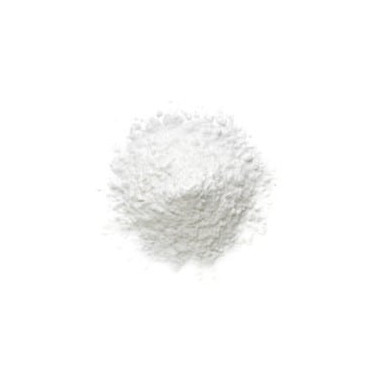
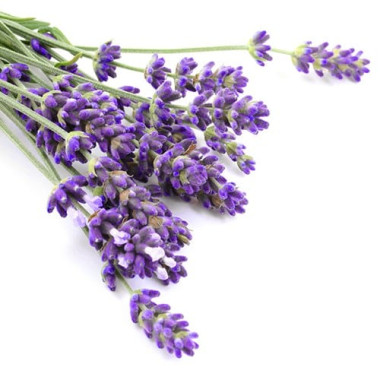
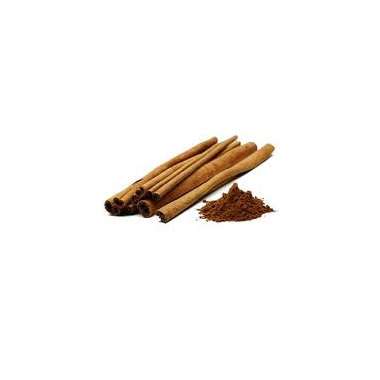
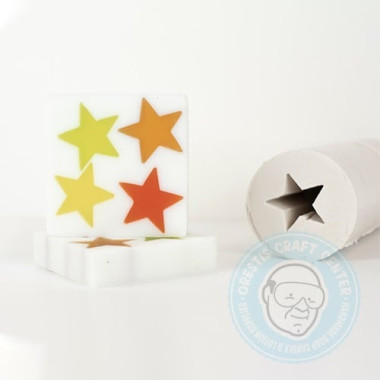
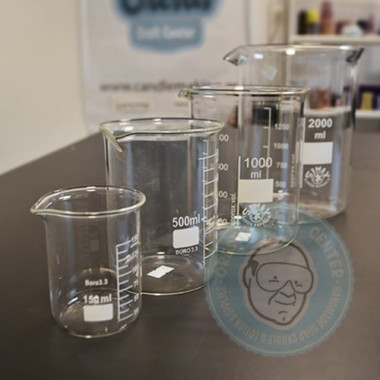
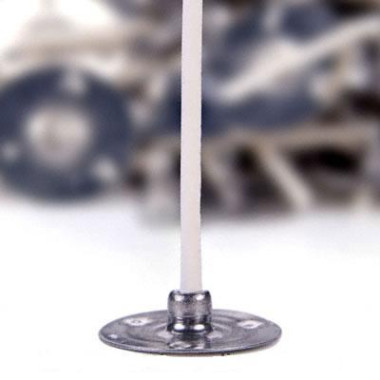
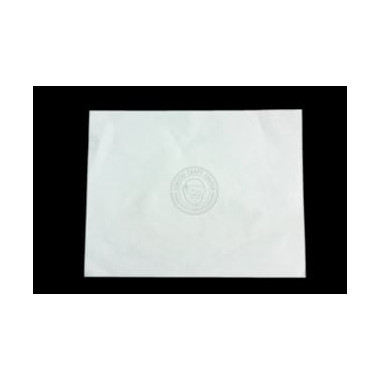
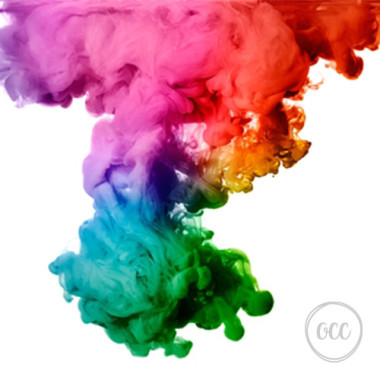
@CUSTOMER_NAME@
@AUTHOR_PROFILE@ @COMMENT_ISO_COUNTRY@@COMMENT_TITLE@
@COMMENT_COMMENT@